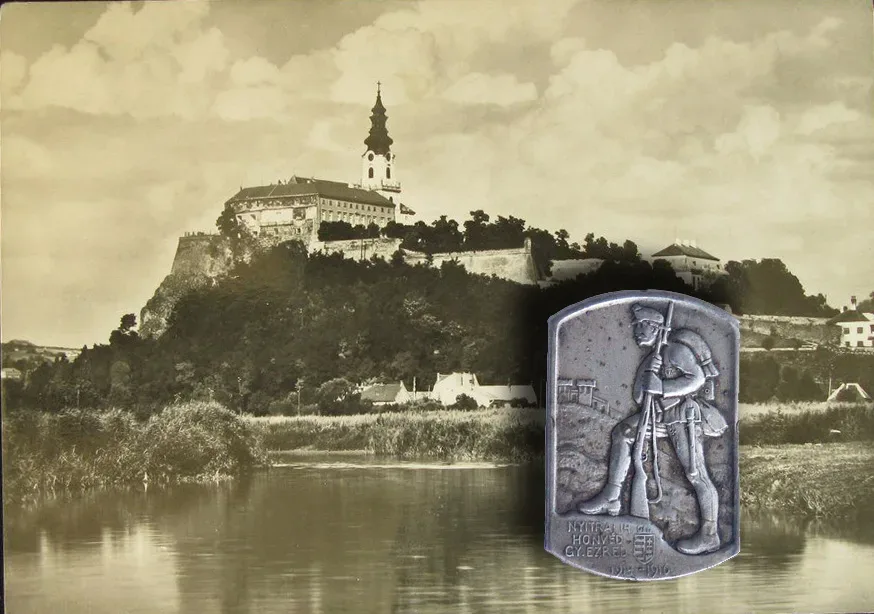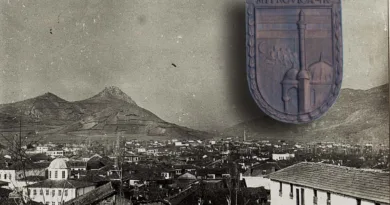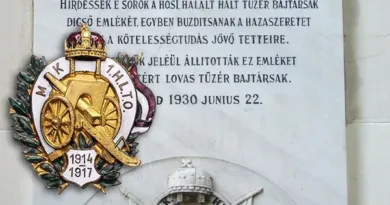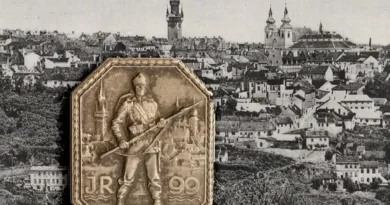Nyitra (Nitra)
The city of Nyitra is an ancient settlement, first officially mentioned in 880. But it was already known in Roman times. It may have been a commercial center at the junction of the mountainous region and the Kisalföld plains. The castle of Nyitra was built in the 11th century on a hill in the bend of the Nyitra River, which splits the city in two. During the reign of the Kings of the Árpád-house, it was a significant point of reference during the German attacks on the Kingdom of Hungary. King Kálmán Könyves founded the Bishopric of Nitra in 1113. In 1241 the castle withstand the Tatars’ invasion. During the Habsburg rule, the castle was left out of Leopold I infamous destruction operation on Hungarian fortresses because it was a bishop’s estate. Thus, the castle remained in place and was given a baroque image to suit the tastes of the time.
In the castle you can see the Church of St. Emmeram, built in 1158 and ordained as episcopal cathedral. The building was expanded in the 13-14 centuries, and in 1640 a large baroque dom was built. This group of buildings is joined by the Episcopal Palace, which was rebuilt on Gothic foundations in Baroque style in 1732.

The command of the 14th Honvéd infantry regiment was stationed in Nyitra. The recruiting area of the regiment spread from Nyitra county to the county of Esztergom. The regiment’s insignia depicted a Honvéd post scanning the horizon. He stands in front of the Nyitra castle, on which you can clearly see the episcopal palace and the tower of St. Emmeram’s Cathedral behind it.
On October 17, 1915, the “Vasturul”, the monument of the Hungarian sacred bird was set up in City Hall Square. In support of the patriotic sacrifice, the citizens of the town were able to buy steel pins to help war widows, orphans and invalids. The pins were hammered into a log serving as the statue’s pedestal, turning the wood into iron. In 1919, the intruding Czech Legion destroyed the monument along with many other Hungarian-related memories. The regiment’s orphans and widow fund had another badge made. This showed a smaller version of the former badge. The main motif here is the castle hill itself. The “Vasturul” of Nyitra also appears at the top of the badge.

The plaque decorated with the regimental insignia can be seen on the other side of the Danube in Esztergom.






[…] The other is the badge of the Nyitra House Regiment, the 14th Honvéd Infantry Regiment, which I presented earlier. Above the badge showing the skyline of the city, you can see the turul with its wings […]